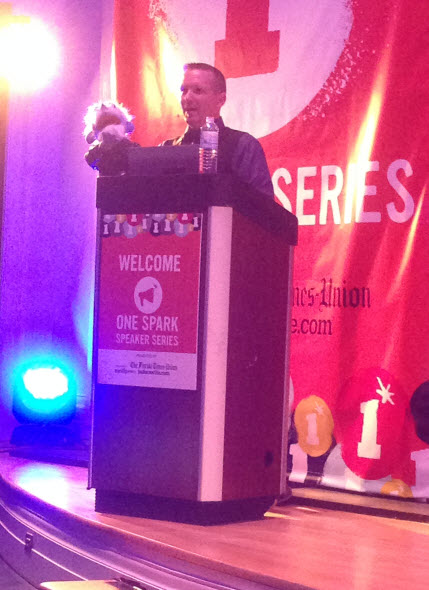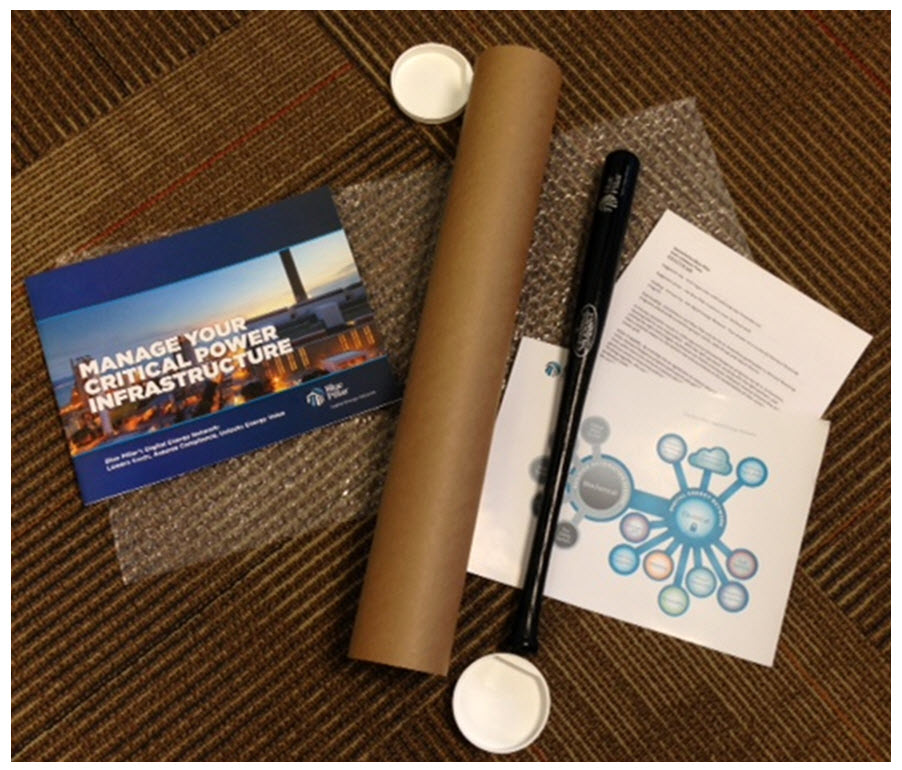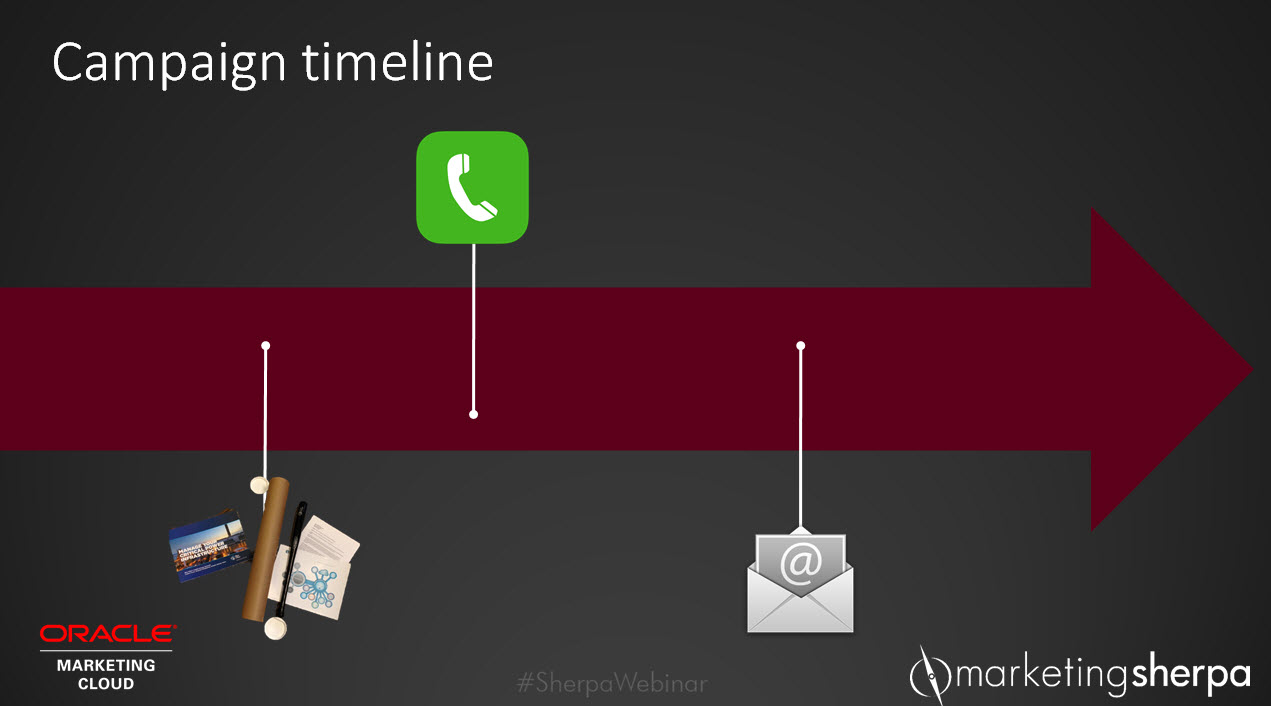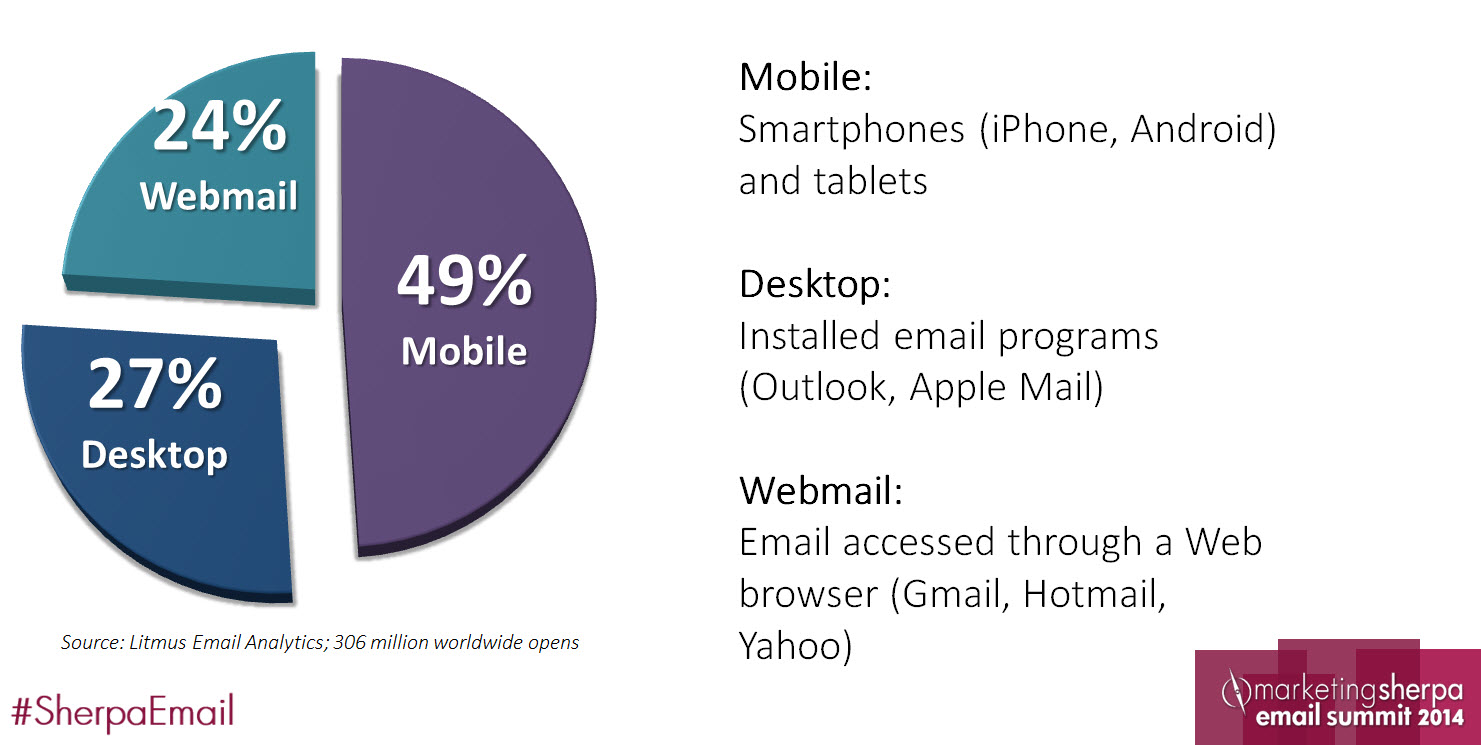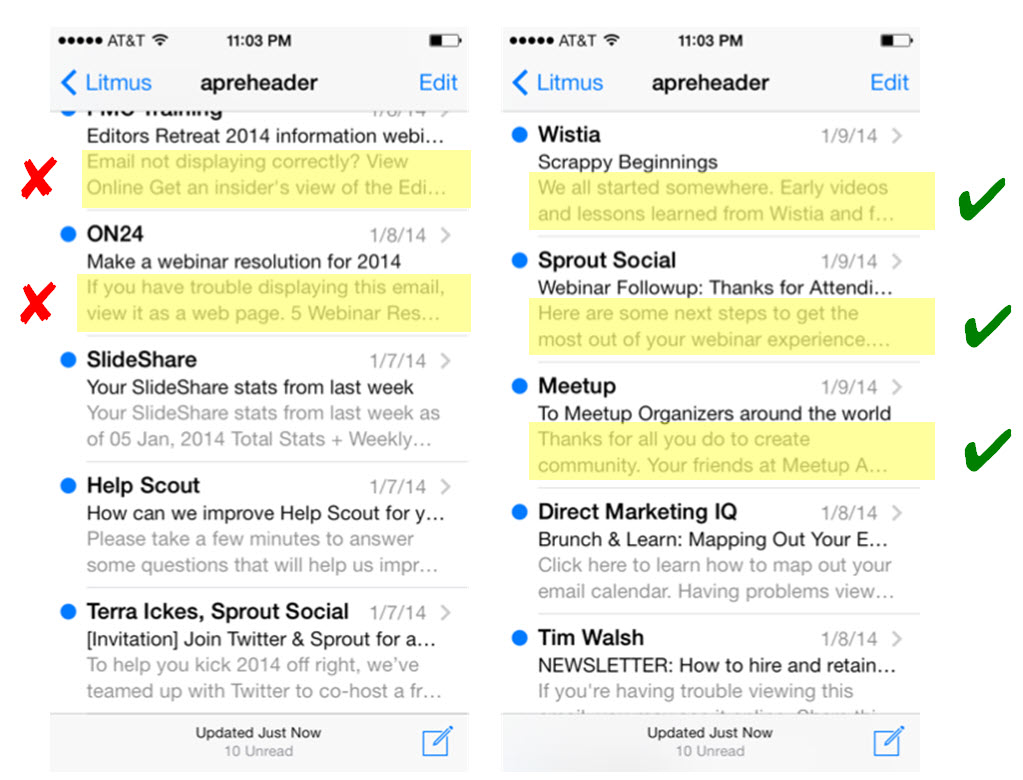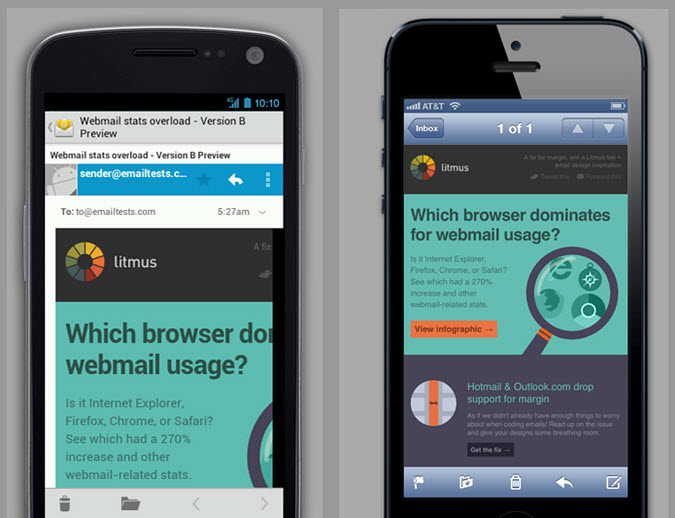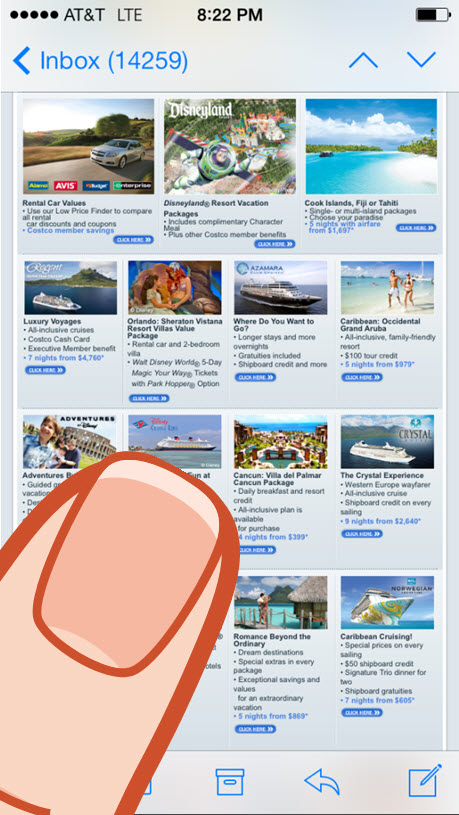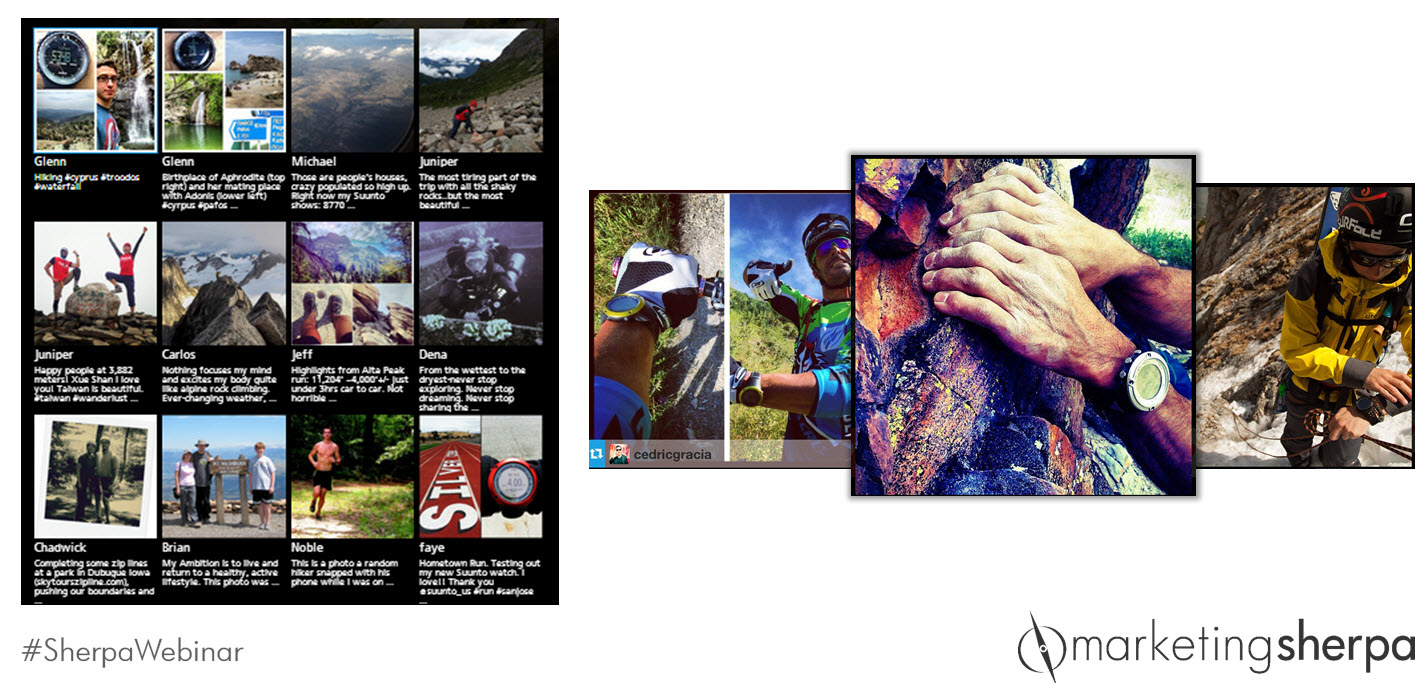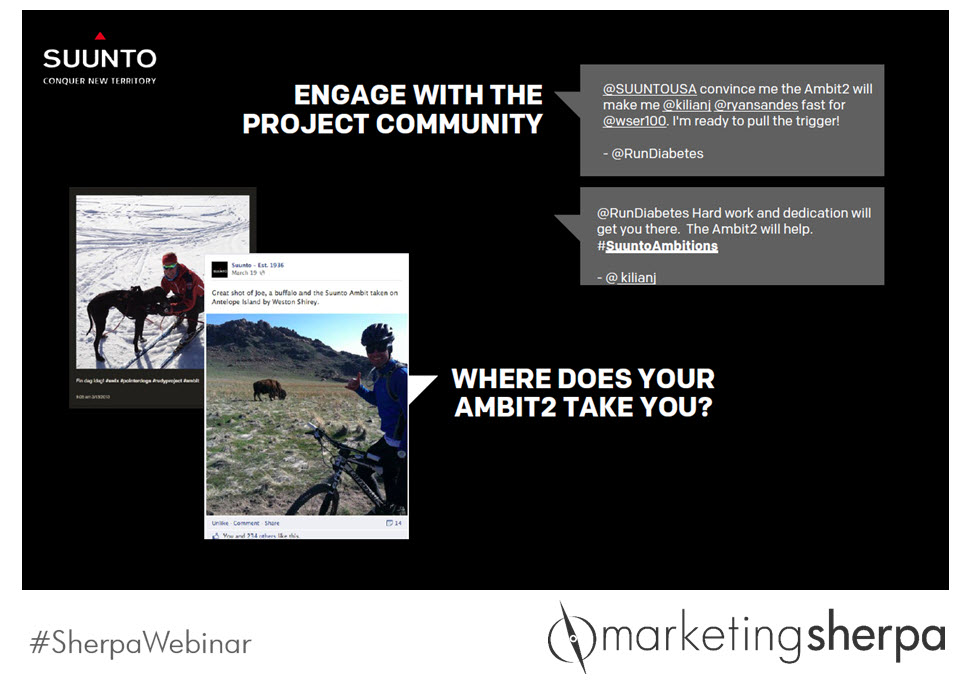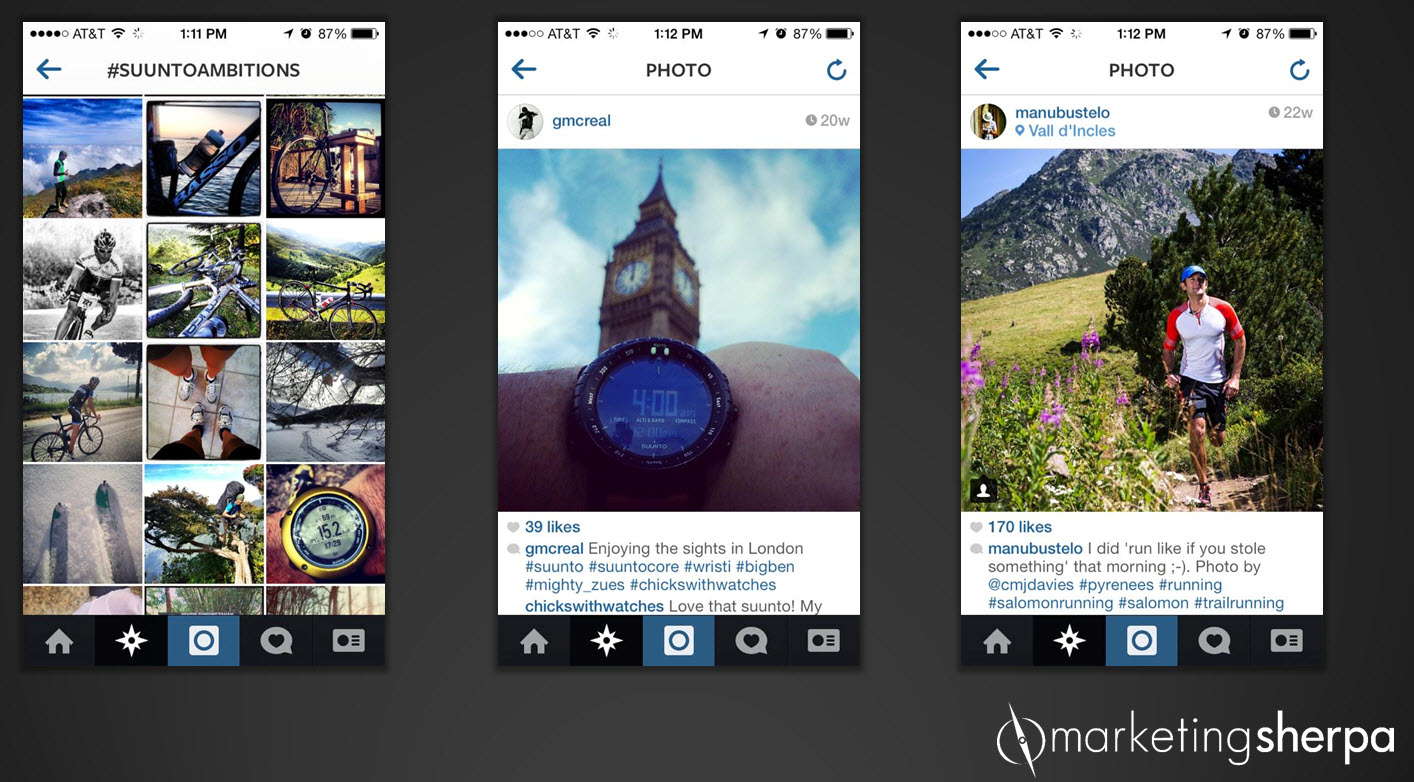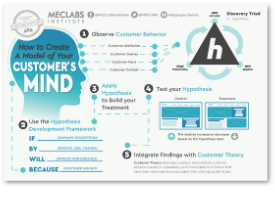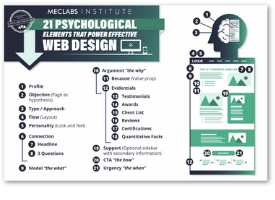Customer-Centric Marketing: Using metaphors in your B2B strategy
Originally published on B2B LeadBlog
Who are your customers? While it may be (hopefully) impossible to individually name your customers from memory, marketers need to be extremely familiar with them.
In the case of Jacob Baldwin, Digital Marketing Manager, One Call Now, as he recounted for the audience at MarketingSherpa Lead Gen Summit 2013, not knowing his audience came at quite literally too high of a cost.
“We had pictures of soccer balls and school buses, and these types of images didn’t really connect with a corporate audience looking for an enterprise-level solution. Which we were certainly capable of doing,” Jacob said in his session.
Realizing they were missing an entire swath of potential consumers, Jacob and the team at One Call Now embarked on an entire website redesign, and with it, new funnels for customers. They just had to plot out who their customers were.
Referencing “Star Trek,” the team created four customer personas: humanistic, methodical, competitive and spontaneous, with the metaphor for each being Dr. McCoy, Scotty, Spock and Kirk, respectively.
Following the science fiction character’s traits: the humanistic customer connects with human interest stories; the methodical is logical and will consume a lot of content before moving forward; the competitive is very results-oriented; and, finally, the spontaneous customer knows what they want and acts almost immediately.
“We used this … to identify which pieces of content we have, and what pieces of content we’re lacking, and what we need to create moving forward to accommodate all of the different persona types,” Jacob said.
Plotting out and fully understanding your customers’ motivations and needs is difficult. From there, you also have to convey the necessity for any changes or extra work clearly across departments.
Injecting a little fun into the process can not only make the task lighter, but using a metaphor can actually have a huge effect on comprehension within your company. Categorizing customers this way allows your team or employees to feel a new connection with your customers, and better understand their motivations.
Metaphors have the unique quality of putting abstract concepts into easily digestible and memorable form. As Orson Scott Card wrote in Alvin Journeyman, “Metaphors have a way of holding the most truth in the least space.”
There’s a common misconception that there’s a lack of beauty or poetry in B2B marketing, but Jacob and his team proved that these tasks are what a marketer makes of them. If you follow their lead, injecting a little literary influence into your marketing can garner big results.
Jacob will be speaking at the upcoming Web Optimization Summit 2014 in New York City, May 21-23. He will be presenting, “Managing Optimization: How a subscription company applies the conversion heuristic throughout the customer journey.”
You might also like
Lead Capture: How a B2B site redesign appealed to diversifying markets and increased conversion 81% [Full One Call Now video presentation from Summit]
Content Marketing: 4 stages to mapping your content strategy [More from the blogs]
Search Marketing: Insights on keyword research and customer personas [More from the blogs]





